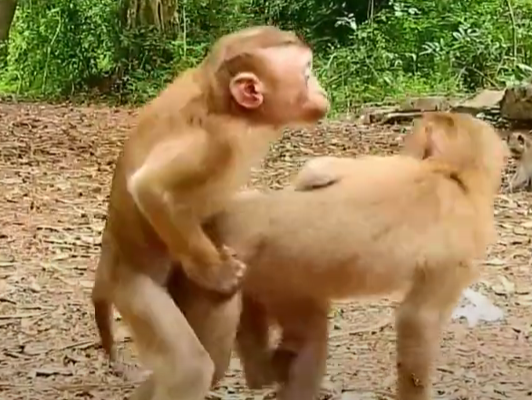“Are you okay? Ok, ok—monkeys make beautiful communication,” along with a new, engaging title.
—
**New Title:** *The Art of Communication: Lessons from Monkeys and Human Connection*
—
**Essay:**
Communication is the foundation of human interaction, enabling us to share thoughts, emotions, and ideas. Often, we take for granted the complexity and beauty of effective communication, but nature offers remarkable examples that can deepen our understanding. Among these examples are monkeys, whose social behaviors and vocalizations exemplify a form of communication that is both fascinating and profound.
When someone asks, “Are you okay?” it’s a simple question, yet it holds immense significance. It reflects concern, empathy, and the desire to connect. Sometimes, the response might be a reassuring “Ok,” but underneath that simplicity lies an intricate web of signals, expressions, and sounds—much like the communication methods used by monkeys in their social groups. Monkeys, despite lacking language as humans know it, communicate through a variety of vocalizations, facial expressions, gestures, and body postures that convey emotions, intentions, and social bonds.
In the wild, monkeys use calls to alert others of danger, establish territory, or maintain social cohesion. For instance, a loud alarm call signals an approaching predator, prompting others to seek safety. Facial expressions and grooming behaviors serve to reinforce social bonds and reduce tension within the group. These non-verbal cues are vital for their survival and harmony, revealing an innate understanding of the importance of communication beyond words.
Humans, in many ways, mirror these behaviors. Verbal language is our primary tool, but non-verbal cues like facial expressions, tone of voice, and gestures play a crucial role in our interactions. Just as monkeys rely on subtle signals to maintain social order, humans interpret these cues to gauge understanding, empathy, and emotional states. When we ask someone if they are okay, we are often seeking more than a verbal response; we are trying to read their body language, tone, and facial expressions to understand their true feelings.
The phrase “Ok, ok” can sometimes mask deeper emotions. It might be a reassurance or a defense mechanism, much like a monkey’s vocalization that masks fear or uncertainty. Recognizing these nuances in human communication requires empathy and attentiveness—traits that are naturally present in social animals like monkeys.
Moreover, observing monkeys can teach us about the importance of non-verbal communication and the value of genuine connection. Their social interactions demonstrate that communication is not solely about words but also about understanding and responding to unspoken signals. When we pay attention to these cues, we foster more meaningful relationships, just as monkeys do within their groups.
In conclusion, whether we are asking, “Are you okay?” or simply exchanging greetings, we can learn from the social intricacies of monkeys. Their beautiful communication methods remind us that connection goes beyond words; it involves listening, observing, and responding with empathy. Embracing these lessons can help us build stronger, more compassionate relationships in our everyday lives.
—
If you’d like, I can help craft a shorter version or focus on specific aspects of this topic.



